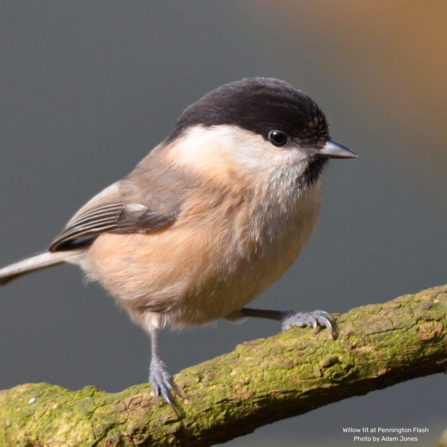Tick tock, tick tock... the clocks have gone forward, marking the start of longer, lighter evenings and the arrival of spring! It’s the perfect time to head outdoors, feel the warmth of the sun, breathe in the fresh air, and admire the burst of green leaves and colourful blossoms.
And while nature is waking up after winter, so is our Wet Willow Wildlife team! March has been a busy and exciting month as we've been working alongside local groups and communities to protect and restore habitats for wildlife.
Having a great time with our public engagement work
As March draws to a close, so does our habitat management season, but that doesn't mean our conservation efforts are slowing down. Our fantastic project partner, The Conservation Volunteers, has been busy hosting engagement events with schools, helping to inspire the next generation of wildlife champions.
For instance, at Firs Wood in Sale, children from a local primary school rolled up their sleeves and planted willow tit-friendly trees, including grey willow, hazel, and hawthorn — future homes for this rare bird. Meanwhile, in Partington, a Willow Tit Habitat Hunt workshop brought 50 eager children outdoors to explore nature. They had a blast learning about willow tits, especially when they got to pretend to be the birds themselves, searching for crane flies to eat and scouting for the perfect nesting site!



